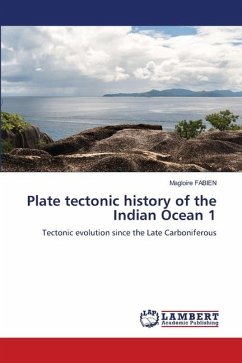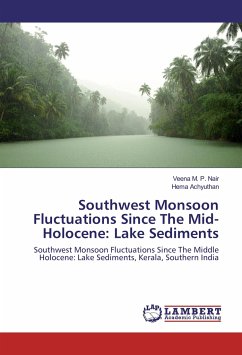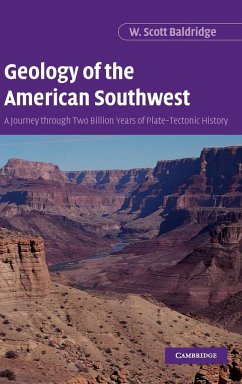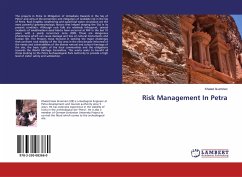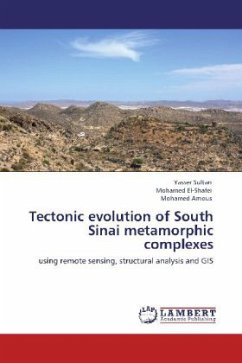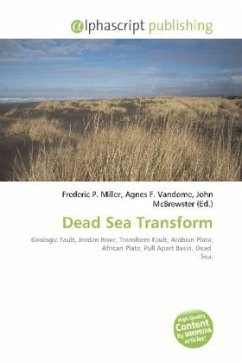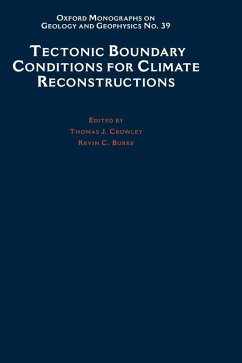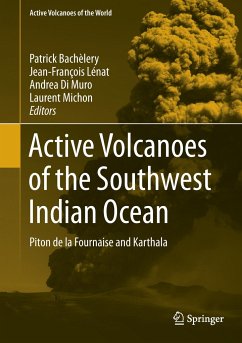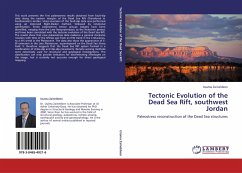
Tectonic Evolution of the Dead Sea Rift, southwest Jordan
Paleostress reconstruction of the Dead Sea structures
Versandkostenfrei!
Versandfertig in 6-10 Tagen
45,99 €
inkl. MwSt.

PAYBACK Punkte
23 °P sammeln!
This work presents the first palaeostress results obtained from fault-slip data along the eastern margins of the Dead Sea Rift (Transform) in Southwestern Jordan. Stress inversion of the fault-slip data was performed using an improved Right-Dieder method, followed by rotational optimisation. Seven palaeostress tensor groups (stages) have been identified, ranging from the Late Neoproterozoic to the Holocene period, and have been correlated with the tectonic evolution of the Dead Sea Rift. The results show that new palaeostress data evidence a general clockwise rotation with time of the SHmax ax...
This work presents the first palaeostress results obtained from fault-slip data along the eastern margins of the Dead Sea Rift (Transform) in Southwestern Jordan. Stress inversion of the fault-slip data was performed using an improved Right-Dieder method, followed by rotational optimisation. Seven palaeostress tensor groups (stages) have been identified, ranging from the Late Neoproterozoic to the Holocene period, and have been correlated with the tectonic evolution of the Dead Sea Rift. The results show that new palaeostress data evidence a general clockwise rotation with time of the SHmax axis from an E-W trend in the Cretaceous, to a N-S trend in the Pleistocene. The data also show the appearance of E-W extension in the Late Pleistocene, superimposed on the Dead Sea Stress Field. It therefore suggests that the Dead Sea Rift system formed in a combination of strike-slip and dip-slip movements. Remote sensing methods were extensively used for structural and geological investigations. The classification can only provide indicators for discriminating lithologies on the image, but is certainly not accurate enough for direct geological mapping.




